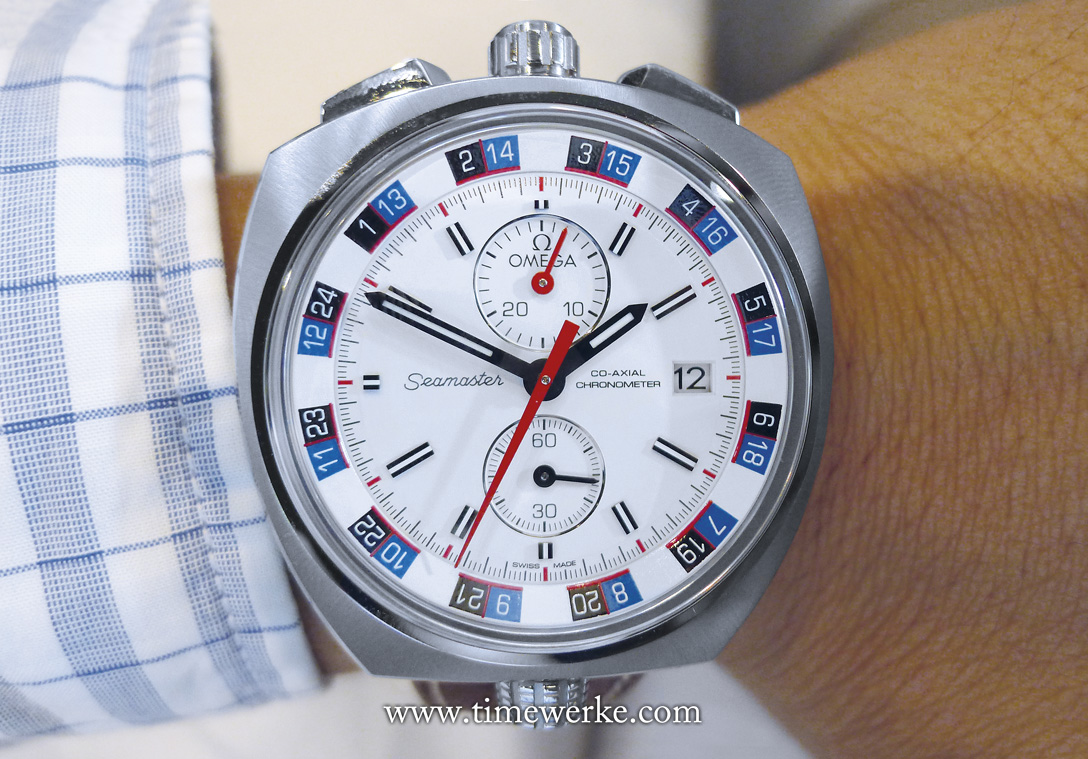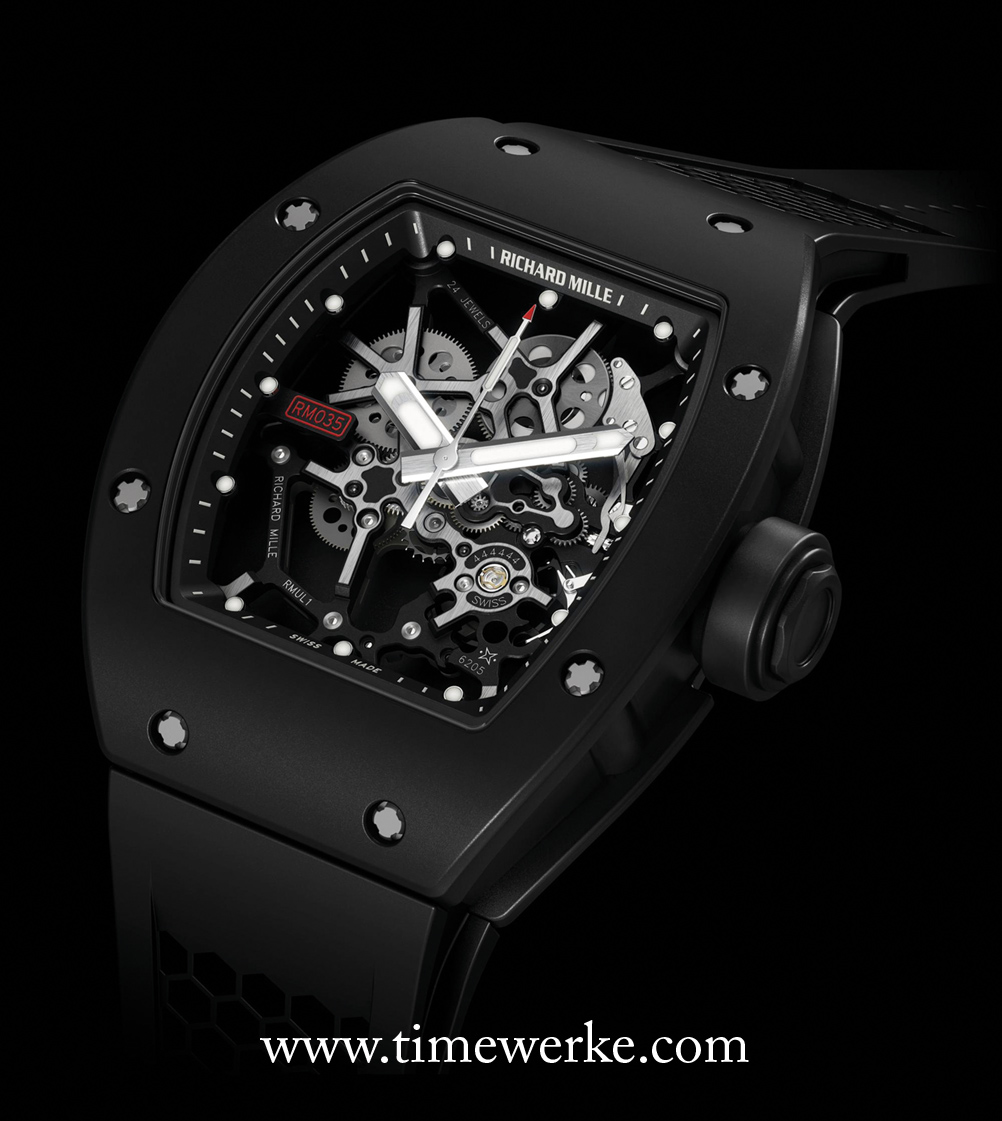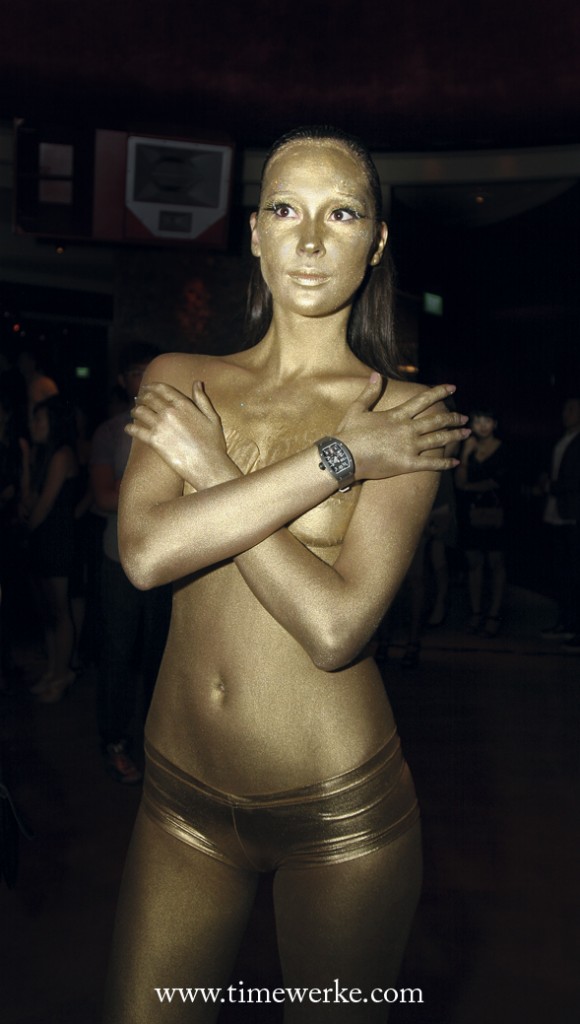
Omega Bullhead reference 225.12.43.50.04.001 is the re-edition of the 1969 version. Check out the inner rotating bezel, controlled by the crown at 6 o’clock, with the 24-hour scale which can be used as a second time zone display. Priced at around US$10,000 / 7,200 euros / S$12,400.
Photo: © TANG Portfolio
If you are seriously set on owning Omega’s new “Bullhead” launched this year at the annual BaselWorld watch fair, then maybe a “bull run” to your nearest authorised dealer or brand boutique to check this piece out should be the order of the day.
Why? It is official: the 2013 Omega Bullhead equipped with the Co-Axial Chronograph Calibre 3113 is a limited edition piece, with production of 669 pieces. It comes with a three-year warranty.
This 2013 Omega Bullhead in a 43mm by 43mm stainless steel case is a re-edition of the original 1969 Bullhead. Even at this size and with its uniquely-shaped case, the Bullhead fits snugly on small wrists.
Now was the first Omega Bullhead launched in 1969 or 1970? According to Petros Protopapas, museum manager, Omega SA, the prototype of the Omega Bullhead was created in 1968 and the working piece was introduced in 1969. It was in 1970 that the Omega Bullhead was launched into the markets.
One key feature of the Bullhead with the white dial shown above (Reference: 225.12.43.50.50.04.001) is the inner rotating bezel that is controlled by the crown at 6 o’clock.
The inner rotating bezel has a 24-hour scale with a day and night display – blue for the day and black for the night. This is useful as it can serve as a second time zone display.
From what we understand, this 24-hour scale on the inner rotating bezel can only be found on this Bullhead with a white dial.
There are other versions; the model with the silvery dial has a 60-minute scale on the inner rotating bezel (Reference: 225.12.43.50.02.001) and so has the version with the black dial. Do check the black dial model in our article: Omega Bullhead – No Bull based on what we saw in Basel in April 2013.


